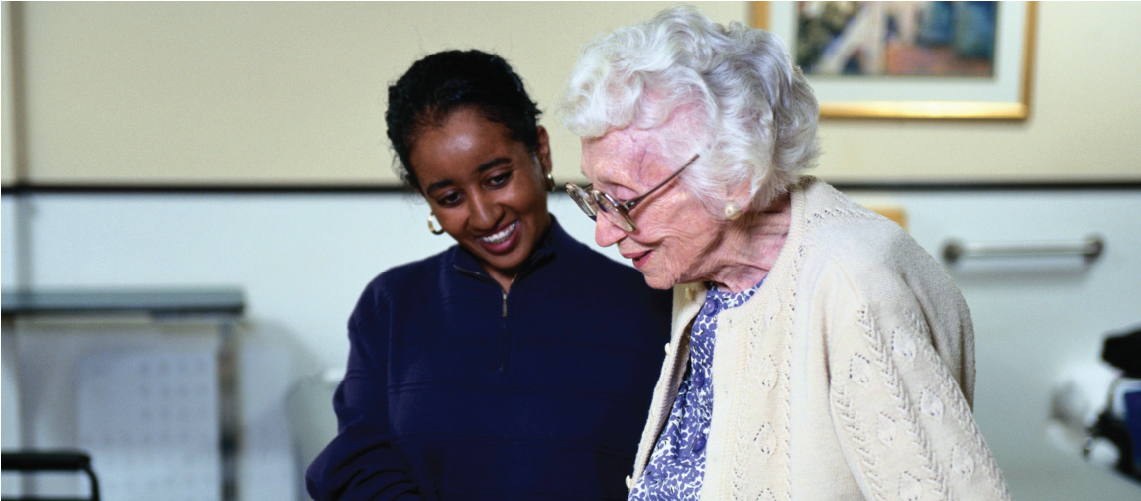
Effective Stroke Care through Mobile Video Conference in Ambulance
A stroke happens to the second leading cause of death globally. It is also associated with a wide range of sensory, motor, cognitive, perceptual and behavioural impairments in stroke survivors which limit their independent survival and socialization capabilities. Time is a very critical factor in stroke treatment which plays a vital role in preventing deaths and permanent disabilities. Ambulance Transport Services can help in speeding up and providing immediate stroke care to patients. This, in turn, prevents lifetime impairments in stroke patients and has a very profound impact on quality of life they can lead.
After a stroke attack, appropriate rehabilitation is also critical for quick recovery. Stroke survivors need to frequently consult physicians and therapists for speech, occupational or physiotherapy during this course. They may also need to visit pharmacies by themselves for buying prescribed medications if caretakers are unavailable. Non-Emergency Ambulance Service comes to play in such context. It is greatly beneficial to such patients as they need some assistance during travel and in completing such errands.
How Can Mobile Video Conferencing from Ambulance can speed up Stroke Care?
The stroke occurs when blood and oxygen supply to a portion of the brain is interrupted. Stroke is mainly of three types:
87 percent of all strokes are mostly ischemic strokes. In this case, the patient loses two million neurons and seven miles of nerve fibres every minute due to the formation of blood clots in the brain. Treatment of stroke here involves administration of medications or performing surgical procedures for removing blockage of blood vessels to restore blood circulation to the brain quickly.
Chances of the patient’s full recovery can increase if the appropriate diagnosis is done and treatment is dispensed ‘immediately’. When a patient is suspected to have a stroke attack, it is important to avail specialised ambulances or even fully equipped private ambulance services and seek medical help as quickly as possible. This boosts the number of patients who receive life-saving therapy and reduces mortality rates.
Within minutes of the ambulance arrival, the paramedics shift the patient on to the vehicle and test their vital parameters like blood pressure, pulse rate and check for stroke symptoms using FAST method (Face Drooping, Arm Weakness and Speech Difficulty). If any such signs are found, a mobile video conferencing system (like a wall-mounted iPad) connected to high-speed wireless modem and magnetic antennas is used for conferencing the concerned hospital physician(stroke specialist) with the paramedic and the stroke patient. The purpose of this interaction is to differentiate between the actual occurrence of stroke and other conditions that mimic a stroke. This process also aids in collecting the necessary pre-requisite medical history and information of stroke patients.
Parameters assessed by the physician include stroke severity, time of stroke onset, the evolution of symptoms, comorbid symptoms (presence of additional diseases co-occurring with primary illness) and associated medications. The diagnostic process is enhanced by completing the pre-hospital triage in the ambulance. The patients may then be wheeled into the appropriate stroke care centre or hospital for further diagnostic and imaging tests directly and treatment follows thereof.
Sometimes the ambulance service is also equipped with imaging equipment like CAT (Computerized Axial Tomography) Scan and Magnetic Resonance Imaging (MRI) machines so that the screening happens on-board to confirm stroke occurrence. Subsequently, the patient may be treated by the paramedic with thrombolytic (clot-busting drugs) under the doctor’s supervision through telemonitoring. Dispensing of appropriate medication prevents further organ damage and the patient may be taken endovascular intervention directly.
Thus Ambulance Mobile Video Conferencing creates a seamless link between patient, ambulance, emergency room and medical specialist for expediting Stroke Care.


